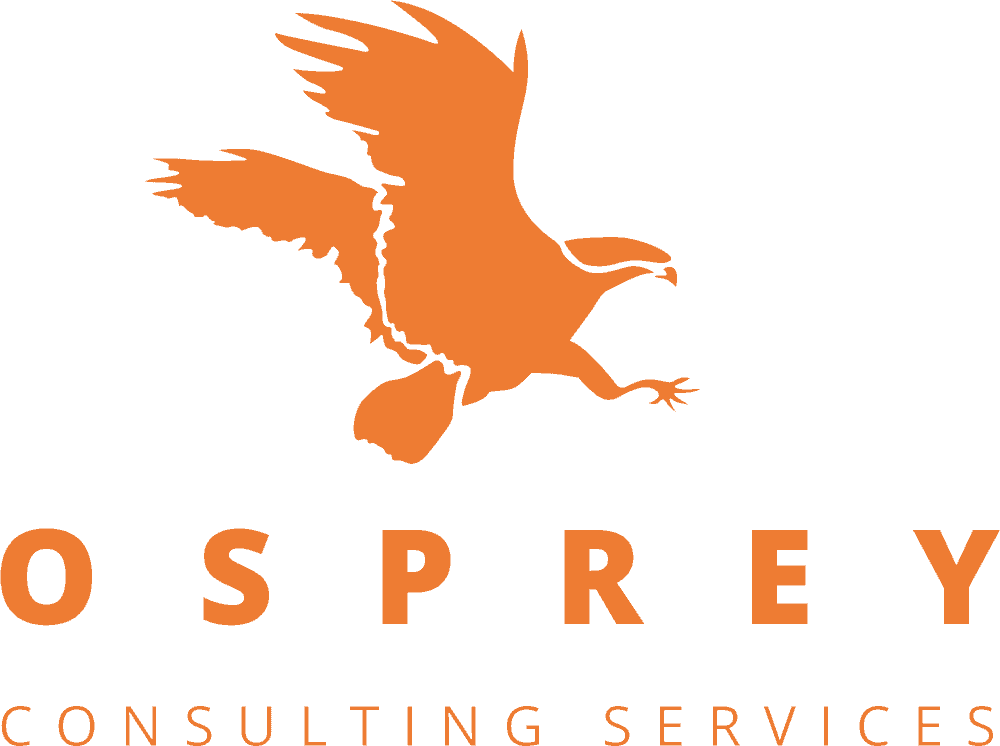When planning a new tall structure such as an onshore wind farm, rigorous safety standards have to be met to ensure the safety of air traffic. Aviation regulations require Wind Turbine Generators (WTGs) over a certain height (typically at or above a tip height of 150 metres (m) above ground level (agl)), to be fitted with aviation obstacle lights to enable pilots to identify them. Although essential for air traffic flying at low altitudes, these lights have the potential to cause a significant environmental, landscape and visual impact, especially in rural areas, raising objections that prevent wind farms gaining planning consent.
Wind farm developers have two options to address the landscape and visual impact of the required obstacle lighting for an onshore wind farm. They can either implement approved measures or conduct a bespoke aeronautical study to justify a variation from the regulatory standard. The study must show that the alternative lighting scheme does not negatively affect flight safety in the wind farm vicinity. On submission of an aeronautical study, the UK Civil Aviation Authority (CAA) will consider on a case-by-case basis, the application for a variation to the lighting standard.
In 2020, Osprey (a tpgroup company), was commissioned by Vattenfall to complete an aeronautical study to understand if there was scope for adjustment in the requirements for the fitment of aviation lighting, and how a reduced lighting scheme may interact with aviation operations conducted in the vicinity of the proposed Clashindarroch II onshore wind farm site (the proposed development).
The proposed development site will be located near Huntly, Aberdeenshire consisting of 14 WTG, each with up to 6 Megawatt (MW) capacity, with a maximum blade tip height of 180 m agl.
Ahead of the aeronautical study, Osprey engaged in consultation activities with all of the stakeholders likely to operate in the area, to outline the lighting options for consideration and to seek initial feedback. This allowed Osprey to consider any related concerns and explore potential solutions to mitigate any issues raised.
The final aeronautical study to provide alternative aviation lighting fitment options for the proposed Clashindarroch II site was submitted to the UK CAA for consideration in October 2020. The CAA has since accepted the study and issued a formal letter of approval.
Stewart Heald, Senior Consultant at Osprey said “It was a pleasure to work with Vattenfall to deliver this bespoke study. With wind power set to grow significantly over the next decade to power the UK’s green economic recovery, combined with the increase in maximum blade tip height, many more newly planned wind farm developments will require the fitment of aviation obstacle lighting. Osprey has a key role to play in developing solutions that will allow aviation and wind to co-exist positively, to allow projects just like the Clashindarroch II site to move forward at pace.”
To discuss how we can support your renewables projects from an aviation perspective, please contact us: enquiries@ospreycsl.co.uk
Image credit: Vattenfall

